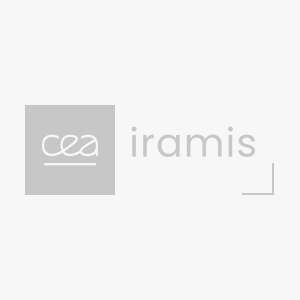Recent technological advancements have allowed for precise nanometer-scale control of surface topology and chemical composition. This surface engineering can be used to specifically tune the interaction of liquids with the substrate. These chemical and physical nanopatterns provide the ability to confine and manipulate tiny amounts of liquids or to enhance the liquid-repellency of a substrate. Whereas on the macroscopic scale concepts like surface tension, contact angle and contact line are appropriate to describe wetting, they are less suitable on the nanometer scale where long-ranged intermolecular interactions, thermal fluctuations and the molecular structure of the liquid are relevant. Macroscopic wetting theories have been extended to the nanoscale by incorporating microscopic effects such as the wave-length dependence of the surface tension and the energy of the contact line (or line tension). At the present state the validity of this approach is still to be assessed experimentally. With this aim, we have used X-ray surface scattering and Atomic Force Microscopy (AFM) to investigate wetting of either physically or chemically nanopatterned surfaces. In one study, X-ray reflectivity and grazing angle diffraction have been used to study the adsorption of methylcyclohexane onto a silicon surface textured with a large array of ordered, parabolically shaped nanopits. Liquid adsorption into the pits was measured as a function of the chemical potential difference between the substrate and the liquid reservoir and results were compared to theoretical predictions. In a separate investigation, noncontact mode AFM was used to image the condensation of liquid alkanes onto the surface of a self-assembled monolayer (octadecylthrichlorosilane) chemically nanopatterned with a striped texture. These nanostripes with carboxylic acid termination (wettable) were created through local electro-oxidation of the native methyl surface (non-wettable) by a metallic AFM tip. By finely controlling the amount of liquid condensed onto the striped surface we could follow morphological wetting transitions and estimate the size of the contact line and the magnitude of the line tension.
Brookhaven National Laboratory, Upton NY USA Brookhaven National Laboratory, Upton NY USA




